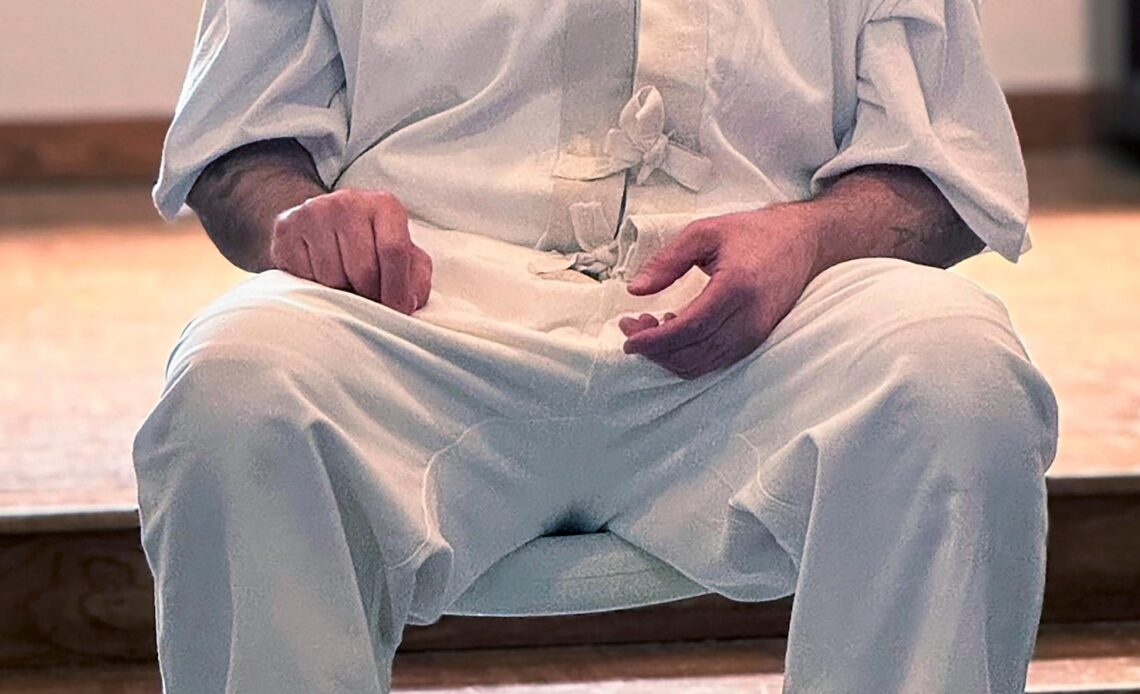HOUSTON — A Texas man this week could become the first person executed in the U.S. from a murder conviction tied to the diagnosis of shaken baby syndrome.
Robert Roberson, 57, is scheduled to receive a lethal injection on Thursday for the 2002 killing of his 2-year-old daughter, Nikki Curtis. Roberson has long proclaimed his innocence. His lawyers as well as a bipartisan group of Texas lawmakers, medical experts and others have argued his conviction was based on faulty scientific evidence and say new evidence has shown Curtis died from complications related to severe pneumonia.
But prosecutors maintain Roberson’s new evidence does not disprove their case that Curtis died from injuries inflicted by her father.
Roberson’s scheduled execution renewed debate over shaken baby syndrome. On one side of the debate are lawyers and some in the medical and scientific communities who argue the shaken baby diagnosis is flawed and has led to wrongful convictions. On the other side are prosecutors and medical societies from the U.S. and around the world who say the diagnosis is valid, has been scientifically proven and is the leading cause of fatal head injuries in children younger than 2 years of age.
Here’s what to know about the highly scrutinized diagnosis ahead of Robertson’s scheduled execution:
The diagnosis refers to a serious brain injury caused when a child’s head is injured through shaking or some other violent impact, like being slammed against a wall or thrown on the floor, usually by an adult caregiver, said Dr. Suzanne Haney, a child abuse pediatrician and member of the American Academy of Pediatrics Council on Child Abuse and Neglect.
The term was changed in 2009 to abusive head trauma, a more inclusive diagnosis, Haney said.
There are about 1,300 reported cases of shaken baby syndrome/abusive head trauma in the U.S. each year, according to the National Center on Shaken Baby Syndrome.
Critics allege doctors have been focused on concluding child abuse due to shaken baby syndrome whenever a triad of symptoms — bleeding around the brain, brain swelling and bleeding in the eyes — was found. Critics say doctors have not considered that things like short falls with head impact and naturally occurring illnesses like pneumonia, could mimic an inflicted head injury.
“The shaken baby syndrome/abusive head trauma hypothesis that was used against Mr. Roberson is not science, plain and simple,” said Kate Judson, executive director of the Center for…
Click Here to Read the Full Original Article at ABC News: Health…

